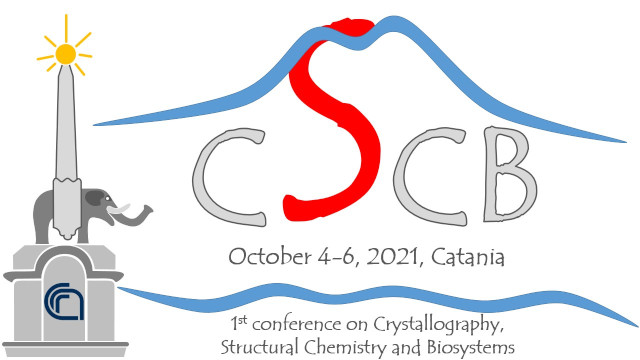Speakers
Description
Intrinsically disordered proteins (IDPs) do not have rigid 3D structures, showing changes in their folding depending on the environment or ligands. Intrinsically disordered proteins are widely spread in eukaryotic genomes, and these proteins participate in many cell regulatory metabolism processes. Some IDPs, when aberrantly folded, can be the cause of some diseases such as Alzheimer′s, Parkinson′s, diabetes and prionic, among others. In these diseases, there are modifications in parts of the protein or in its entirety. A common conformational variation of these IDPs is misfolding and aggregation, forming, for instance, neurotoxic amyloid plaques. Some metal ions play an important role in the aggregation processes of these IDPs as showed in several papers present in literature.
Amylin is a 37-residue peptide hormone produced by the islet β-cells of pancreas and the formation of amylin aggregates is strongly associated with b-cell degeneration in type 2 diabetes, as demonstrated by more than 95% of patients exhibiting amylin amyloid upon autopsy. It is widely recognized that metal ions such as copper(II) and zinc(II) have been implicated in the aggregation process of amylin.1,2
Here we reported our experimental studies (thermodynamic and spectroscopic) on the interaction between Cu(II) and Zn(II) with several isoforms of amylin (human, porcine, murine) and their fragments.3,4
References
1. G. Pappalardo, D. Milardi, A. Magri, F. Attanasio, G. Impellizzeri, C. La Rosa, D. Grasso, E. Rizzarelli Chem.–Eur. J., 2007, 13, 10204-10215.
2. A. Sinopoli, A. Magrì, D. Milardi, M. Pappalardo, P. Pucci, A. Flagiello, J. J. Titman, V. G. Nicoletti, G. Caruso, G. Pappalardo, Metallomics, 2014, 6, 1841-1852.
3. A. Magrì, D. La Mendola, V. G. Nicoletti, G. Pappalardo, E. Rizzarelli, Chem.–Eur. J., 2016, 22, 13287–13300.
4. A. Magrì, A. Pietropaolo, G. Tabbì, D. La Mendola, E. Rizzarelli, Chem.–Eur. J., 2017, 23, 17898-17902.

